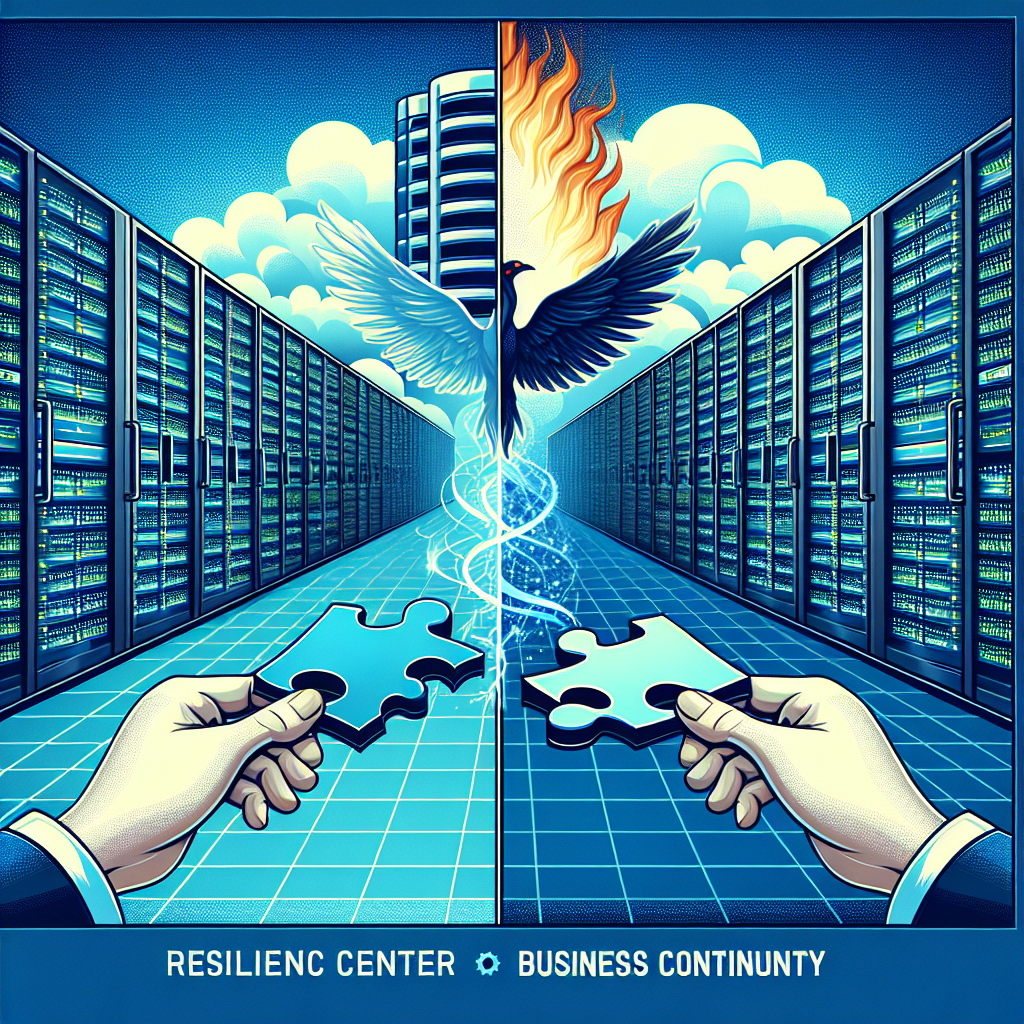Your cart is currently empty!
Implementing a Resilient Data Center Business Continuity Strategy

In today’s digital age, data centers play a crucial role in ensuring the smooth operation of businesses. They serve as the nerve center of an organization, storing vital information and facilitating communication between different departments. However, data centers are not immune to disasters or unforeseen events that can disrupt operations and cause significant financial losses.
Implementing a resilient data center business continuity strategy is essential for organizations to mitigate the risks associated with downtime and data loss. This strategy involves planning and implementing measures to ensure that the data center can continue to operate in the face of adversity. Here are some key steps to consider when implementing a resilient data center business continuity strategy:
1. Conduct a risk assessment: The first step in developing a resilient data center business continuity strategy is to identify potential risks and vulnerabilities that could disrupt operations. This includes natural disasters, cyber-attacks, power outages, and human error. By conducting a thorough risk assessment, organizations can prioritize their efforts and resources to address the most critical threats.
2. Develop a business continuity plan: Once the risks have been identified, organizations should develop a comprehensive business continuity plan that outlines the steps to be taken in the event of a disaster. This plan should include procedures for data backup and recovery, alternative communication channels, and emergency response protocols.
3. Implement redundant systems: Redundancy is key to building resilience in a data center. Organizations should consider implementing redundant systems for power supply, cooling, and networking to ensure that operations can continue even if one component fails. Redundant systems can help minimize downtime and ensure continuous access to critical data and applications.
4. Test and update the business continuity plan regularly: A business continuity plan is only effective if it is regularly tested and updated. Organizations should conduct regular drills and simulations to ensure that all employees are familiar with their roles and responsibilities in the event of a disaster. Additionally, the plan should be reviewed and updated regularly to reflect changes in technology, infrastructure, and business operations.
5. Invest in disaster recovery solutions: In addition to implementing redundant systems, organizations should also invest in disaster recovery solutions to ensure the swift recovery of data and applications in the event of a disaster. Cloud-based backup and recovery solutions can help organizations quickly restore data and resume operations in the event of a data center outage.
In conclusion, implementing a resilient data center business continuity strategy is essential for organizations to minimize the risks associated with downtime and data loss. By conducting a risk assessment, developing a comprehensive business continuity plan, implementing redundant systems, testing and updating the plan regularly, and investing in disaster recovery solutions, organizations can ensure the continuous operation of their data center in the face of adversity. Investing in resilience now can help organizations avoid costly disruptions and maintain their competitive edge in the digital marketplace.

Leave a Reply